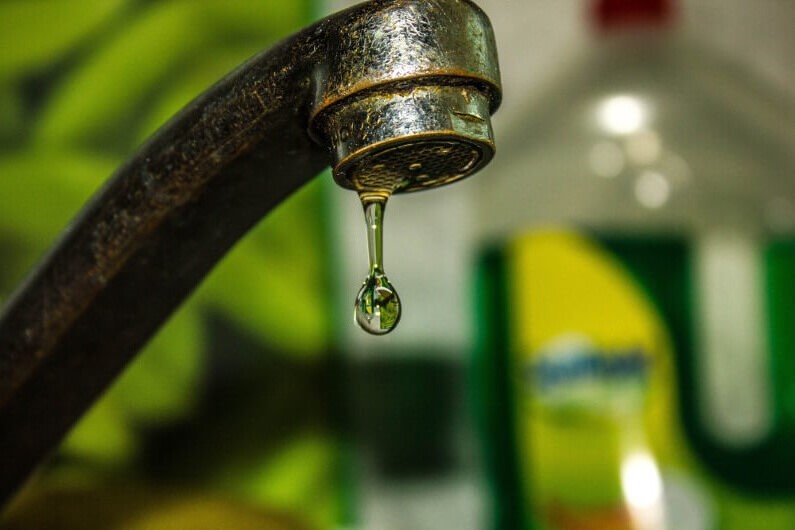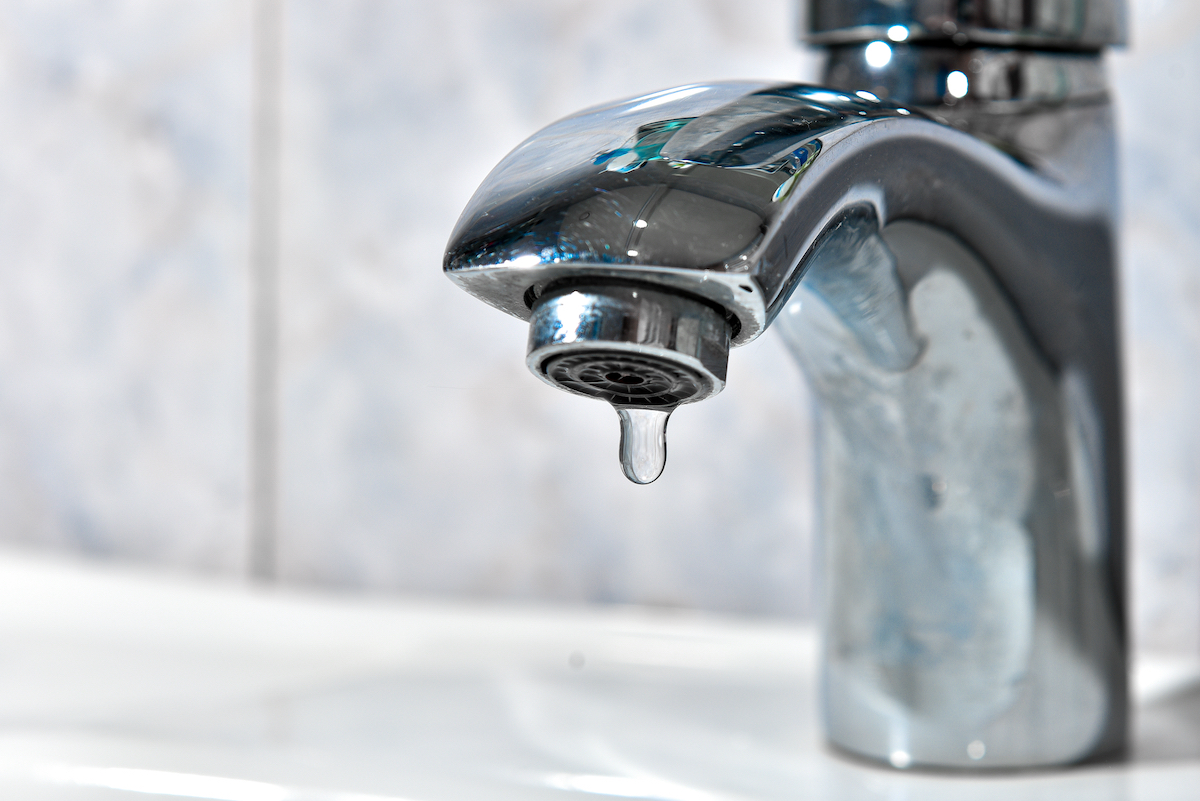My Factors Behind Resolving a Malfunctioning Faucet
My Factors Behind Resolving a Malfunctioning Faucet
Blog Article
What're your concepts about How to Fix a Dripping or Leaky Faucet ?

Dripping taps might seem like a minor trouble, but their impact goes beyond simply the inconvenience of the audio. From drainage to sustaining unnecessary financial expenses and health and wellness dangers, neglecting a leaking tap can cause various effects. In this write-up, we'll look into why it's vital to address this usual family problem immediately and properly.
Waste of Water
Environmental Impact
Leaking taps add dramatically to water wastage. According to the Environmental Protection Agency (EPA), a single faucet trickling at one drip per secondly can throw away greater than 3,000 gallons of water annually. This not just pressures water resources but also influences ecosystems and wildlife dependent on them.
Financial Costs
Enhanced Water Bills
Beyond the environmental influence, dripping faucets can inflate water expenses substantially. The collected wastefulness with time converts into higher energy expenses, which might have been stayed clear of with timely repair services.
Possible Building Damages
Moreover, prolonged leaking can cause harm to components and surfaces surrounding the faucet. Water buildup can cause staining, rust, and even structural concerns if left ignored, leading to additional fixing expenses.
Health Problems
Mold and Mildew Development
The continuous presence of dampness from a leaking tap produces an optimal environment for mold and mildew and mildew development. These fungi not just endanger indoor air quality however also present health dangers, particularly for people with respiratory problems or allergic reactions.
Waterborne Illness
Stagnant water in leaking faucets can end up being a breeding place for germs and other virus, boosting the risk of waterborne illness. Contaminants such as Legionella germs grow in stagnant water, possibly leading to major ailments when ingested or inhaled.
Do it yourself vs. Professional Repair service
Pros and Cons of DIY Repair Service
While some might attempt to take care of a trickling faucet themselves, DIY repair services feature their very own set of difficulties. Without appropriate expertise and tools, DIY attempts can aggravate the concern or cause incomplete repair work, prolonging the trouble.
Advantages of Employing an Expert Plumber
Hiring a professional plumber guarantees that the underlying root cause of the trickling faucet is dealt with successfully. Plumbings have the expertise and tools to identify and repair tap problems successfully, saving time and minimizing the danger of more damage.
Step-by-Step Overview to Fixing a Dripping Tap
Devices Called for
Before attempting to deal with a dripping faucet, gather the necessary tools, consisting of a flexible wrench, screwdrivers, substitute components (such as washing machines or cartridges), and plumber's tape.
Typical Tap Issues and Their Solutions
Determine the kind of faucet and the particular issue creating the drip. Usual troubles consist of worn-out washers, corroded shutoff seats, or damaged O-rings. Describe maker directions or on the internet tutorials for step-by-step guidance on repairs.
Preventive Measures
Regular Upkeep Tips
To stop leaking faucets, perform regular upkeep such as cleaning up aerators, examining for leaks, and changing damaged parts promptly. Additionally, take into consideration setting up water-saving devices or updating to extra effective fixtures.
Relevance of Prompt Fixes
Dealing with dripping taps as soon as they're seen protects against additional water wastage and possible damage, inevitably conserving both water and money over time.
Impact on Residential Or Commercial Property Worth
Understanding of Well-Maintained Residential Or Commercial Property
Keeping a building in good condition, consisting of resolving maintenance issues like leaking faucets, improves its viewed value and charm among prospective purchasers or lessees.
Impact on Resale Value
Qualities with well-kept plumbing fixtures, including faucets, command higher resale values in the real estate market. Attending to leaking taps can contribute to a favorable perception throughout residential property evaluations and arrangements.
Environmental Obligation
Specific Contribution to Preservation
Taking responsibility for repairing trickling taps lines up with more comprehensive initiatives toward water preservation and environmental sustainability. Every person's actions jointly make a considerable impact on protecting precious sources.
Sustainable Living Practices
By focusing on timely repair work and adopting water-saving habits, people add to sustainable living practices that benefit both existing and future generations.
Final thought
Dealing with a dripping faucet surpasses plain comfort; it's a necessary step toward preserving water, minimizing financial prices, and securing health and wellness and residential or commercial property. Whether via do it yourself repair services or professional aid, doing something about it to repair dripping taps is a small yet impactful means to advertise responsible stewardship of sources and contribute to a much healthier, a lot more sustainable future.
How to Fix a Leaky Faucet: Step-by-Step Repair Guide
A leaky faucet may seem like a simple annoyance, but if it's not fixed promptly, that leak could cost hundreds to potentially thousands. From water damage to mold, mildew, and high water bills, even a tiny leak can be catastrophic if left unattended. Damage like this can even affect the overall value of your home, so it's important to take the right approach for leaky faucet repair. You may need the help of a plumber in some cases, but we've got a few tips you can try on how to fix a leaky faucet before calling the pros.
Four Faucet Types
When you're learning how to fix a leaky faucet, the first step is knowing what kind of faucet you're working with! There are four common types.
Cartridge Faucets
Cartridge faucets come in one- or two-handled varieties. In one-handled cartridge faucets, hot and cold water combines in a single cartridge. In the two-handled versions, hot and cold water are controlled separately and mixed in the faucet.
Ball Faucets
Ball faucets have a single lever you push up and down to adjust the pressure and rotate to change the temperature. A slotted metal ball controls the amount of water allowed into the spout.
Compression Washer Faucets
They're the oldest type of faucet, but they're still used in many homes — especially older ones. Compression faucets have two separate handles that, when turned, raise or lower the washer that seals a water valve. This valve stops water from flowing through the faucet when it is turned off.
Disc Faucets
Disc faucets rarely need to be repaired due to their maintenance-free design. The water flow is controlled by two discs — the upper one raises and lowers against a fixed lower disc, creating a watertight seal. If your disc faucet starts leaking, you may need to replace the seals or clean residue buildup from the inlets.
Fixing a Leaky Faucet
Step 1: Turn Off the Water
Whether you're learning how to fix a leaky bathtub faucet or how to fix a leaky kitchen faucet, always turn off the water supply to your working area when you're fixing a leak. The last thing you want is a flood added to your list of things to fix.
Look for the shutoff valves below your sink or around the tub and turn them clockwise to stop the water flow. If your faucet doesn't have shutoff valves, you may need to turn off the water for the whole house. Check to make sure it's off by turning the faucet on. If nothing comes out, you're ready to start the repair.
Step 2: Take Apart the Faucet
How you disassemble your faucet depends on the type of fixture you have. You can use a flathead screwdriver to remove the caps on top of the handle or handles for cartridge and compression faucets. Inside, you should see handle screws. Unscrew these with a screwdriver to remove the handle.
Disc- and ball-style faucets will typically have an inlet screw near the handle, and removing that will reveal the interior of the faucet.
Detach the Valve Stem
For cartridge- and compression-style faucets, you'll see the inner valve stem or cartridge once you remove the faucet handles. If you have a compression faucet, unscrew the brass valve stem. If you have a cartridge faucet, pull out the cartridge. If your cartridge has been in place for a while, it may require some tools or extra force to remove it due to mineral deposits.
Examine and Replace Parts
Once you've removed the parts, check them out to confirm what needs to be replaced. You may see corroded rubber washers, O-rings, stems, or cartridges. On a ball-style faucet, check the seats and springs for damage.
If you need to repair a leaky disc faucet, check the inlet and seals on the lower disc.
Once you determine what parts must be replaced, visit your local hardware store. Bring the damaged parts with you to ensure you can purchase the correct components to replace them.
Clean Valves and Faucet Cavity
If you've removed a stem or cartridge, you may notice mineral buildup in the faucet's threads. Use white vinegar to clean the valve seat by soaking it for a few minutes, then scrub it away with a soft toothbrush and rinse with warm water. You can also clean the interior of the faucet in the same way.
Reassemble the Faucet
Once your faucet is cleaned and the required parts have been replaced, it's time to reassemble it. Put the pieces back together and slowly turn the water supply back on. Doing this slowly is crucial because too much initial water pressure can damage the new hardware you've just installed.
https://homewarranty.firstam.com/blog/how-to-fix-leaky-faucet

As a fervent reader about Why Are My Faucets Dripping (And Can I Fix It Myself)?, I think sharing that piece was beneficial. Sharing is good. Helping people is fun. Many thanks for your time invested reading it.
Report this page